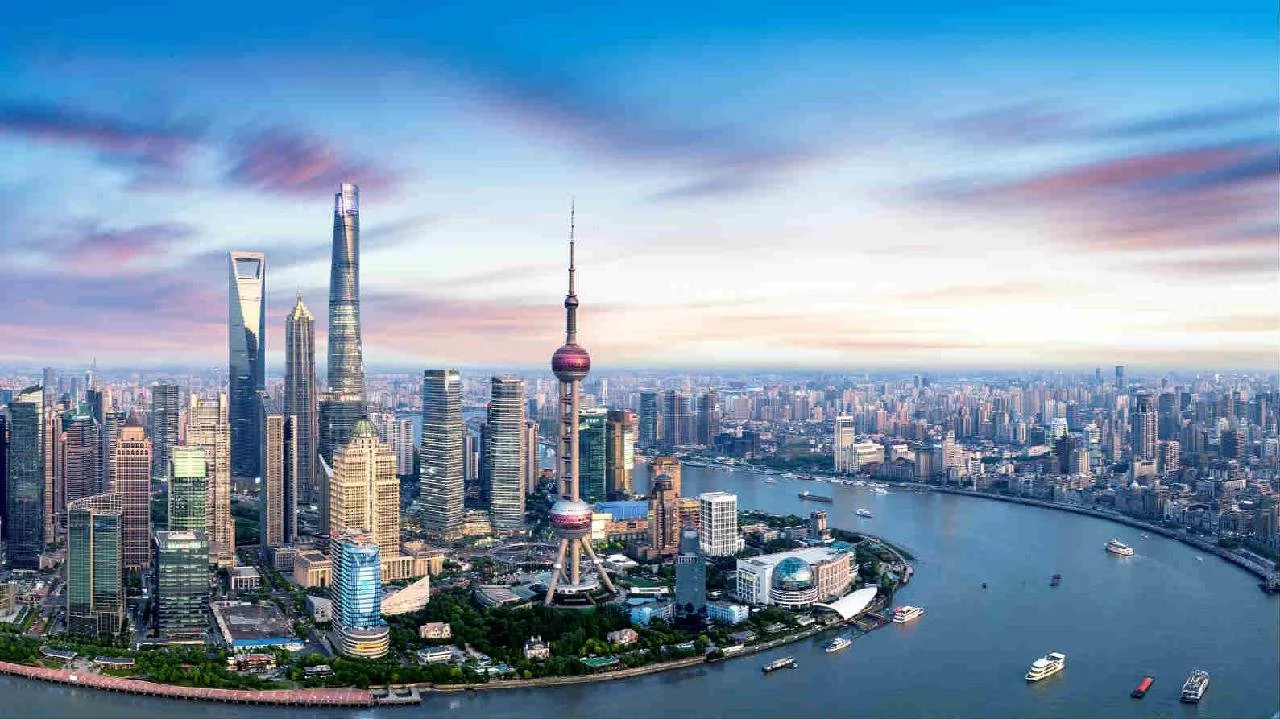China's remarkable economic transformation over the past few decades is a story that captivates the world. From being one of the poorest nations in 1980, China drew inspiration from the experiences of countries like South Korea, Japan, and others to ignite its economic engine. China's journey from poverty to prosperity, examine the lessons it learned from its neighbors and sheds light on its strategies for recovering from the recent economic slowdown.
In 1980, China was burdened with widespread poverty, underdeveloped infrastructure, and a predominantly agrarian economy. The Chinese leadership, led by Deng Xiaoping, recognized the urgent need for change and embarked on a path of economic reform and opening up to the outside world.
Learning from South Korea, Japan, and Others: China keenly observed the development models of neighboring countries like South Korea and Japan, which had achieved remarkable economic success. China identified valuable lessons and adapted them to suit its unique circumstances, leading to its own economic rise. Here are some key aspects that China adopted from these nations:
Export-Oriented Growth: China recognized the importance of exports in driving economic growth. It established Special Economic Zones (SEZs) that offered incentives to attract foreign investments and promote exports. By leveraging its abundant labor force, China became a global manufacturing hub, much like South Korea and Japan.
Investment in Human Capital: China understood that investing in education and skilled labor was critical for long-term economic growth. It drew inspiration from Japan's emphasis on technical and vocational training and South Korea's commitment to education. China prioritized educational reforms, expanding access to education and fostering technical expertise, which laid the foundation for a highly skilled workforce.
Infrastructure Development: China observed the success of infrastructure development in countries like Japan and South Korea and recognized its significance in promoting economic growth. It embarked on ambitious projects to build robust transportation, communication, and energy networks, enabling efficient movement of goods and services and facilitating industrialization and urbanization.
China's Recovery from Economic Slowdown: Despite facing recent economic challenges, China is well-positioned to recover and regain its growth momentum. The following factors contribute to its resilience:
Shift to Domestic Consumption: China is shifting its focus from export-driven growth to domestic consumption as a key driver of the economy. With a burgeoning middle class and rising incomes, the Chinese government is implementing policies to boost consumer spending, promote a service-oriented economy, and reduce dependence on external demand.
Technological Innovation: Recognizing the importance of technological advancement, China is investing heavily in research and development, innovation, and emerging sectors such as artificial intelligence, biotechnology, and renewable energy. By fostering innovation and entrepreneurship, China aims to drive sustainable economic growth and maintain its competitive edge globally.
Structural Reforms: China is actively implementing structural reforms to address economic imbalances and promote sustainable development. These reforms encompass areas such as financial regulation, market liberalization, and environmental sustainability. By improving the business environment and encouraging private investment, China aims to enhance productivity and resilience.
China's transformation from a poverty-stricken nation to an economic powerhouse is a testament to its adaptability and the valuable lessons it learned from countries like South Korea, Japan, and others. By adopting successful strategies such as export-oriented growth, investing in human capital, and infrastructure development, China has achieved phenomenal economic growth. As it navigates the recent economic slowdown, China's shift towards domestic consumption, technological innovation, and structural reforms will pave the way for a robust recovery and ensure a prosperous future.
